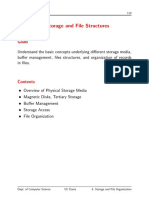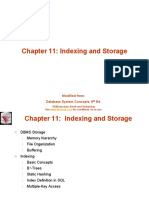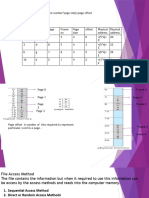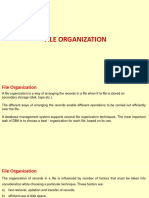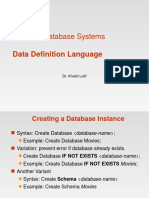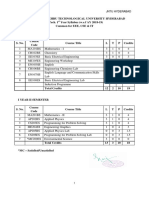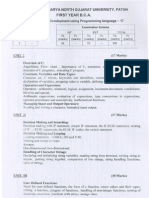0% found this document useful (0 votes)
84 views20 pages31 File Structures
Database systems store records in disk blocks to minimize data transfers between disk and memory. Records are logically stored in files and physically stored in disk blocks. Buffer managers in memory cache frequently accessed blocks to reduce disk I/O. Variable length records require additional metadata like separators or lengths, and can be organized using spanned or unspanned blocking with pointers. Slotted page structures organize multiple records efficiently in blocks through headers.
Uploaded by
Obaid ur RehmanCopyright
© © All Rights Reserved
We take content rights seriously. If you suspect this is your content, claim it here.
Available Formats
Download as PDF, TXT or read online on Scribd
0% found this document useful (0 votes)
84 views20 pages31 File Structures
Database systems store records in disk blocks to minimize data transfers between disk and memory. Records are logically stored in files and physically stored in disk blocks. Buffer managers in memory cache frequently accessed blocks to reduce disk I/O. Variable length records require additional metadata like separators or lengths, and can be organized using spanned or unspanned blocking with pointers. Slotted page structures organize multiple records efficiently in blocks through headers.
Uploaded by
Obaid ur RehmanCopyright
© © All Rights Reserved
We take content rights seriously. If you suspect this is your content, claim it here.
Available Formats
Download as PDF, TXT or read online on Scribd
/ 20

















